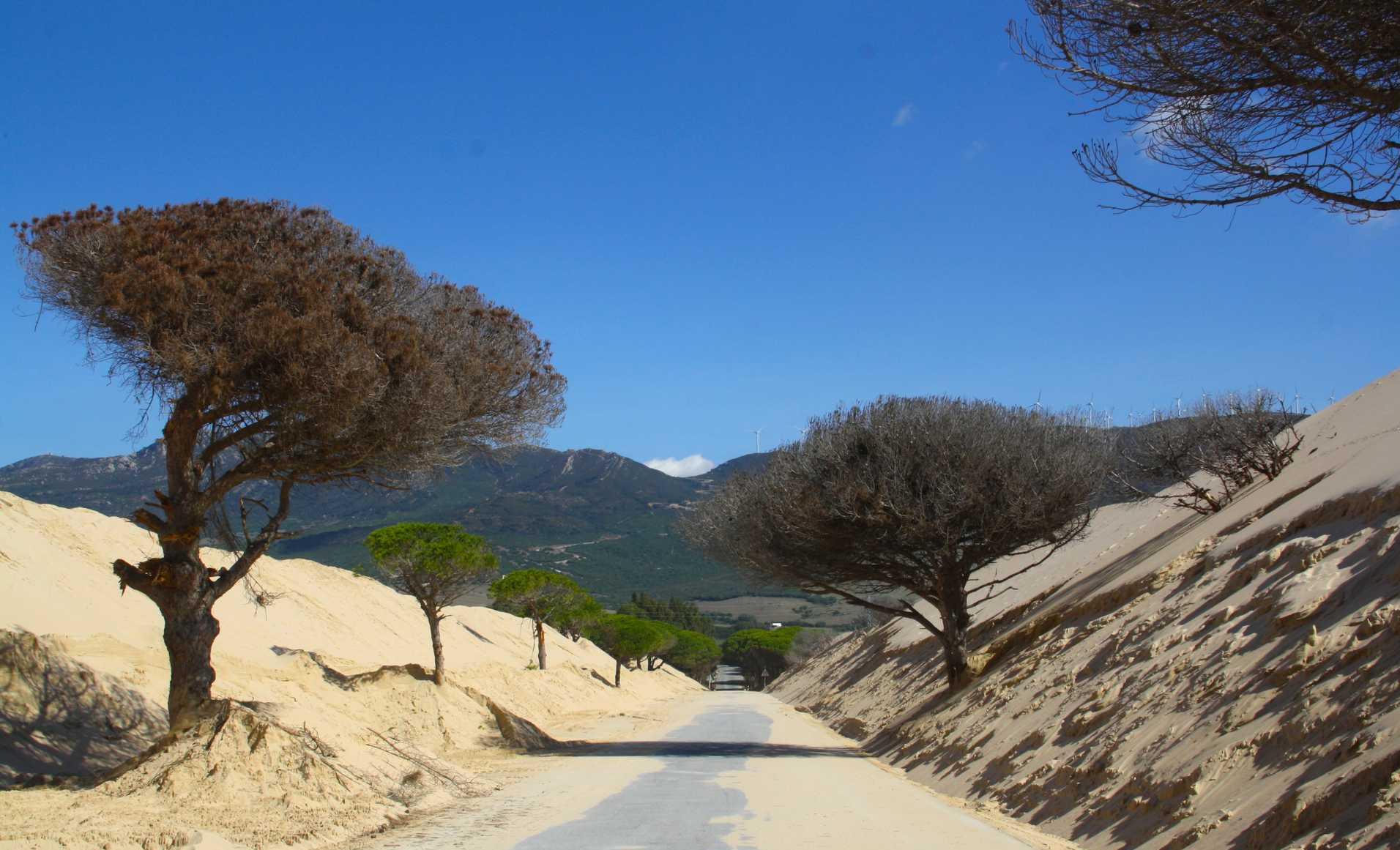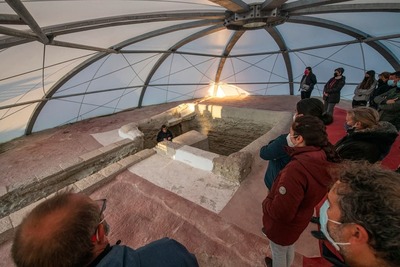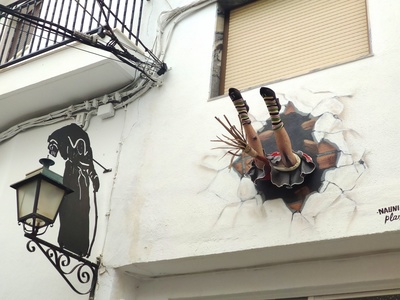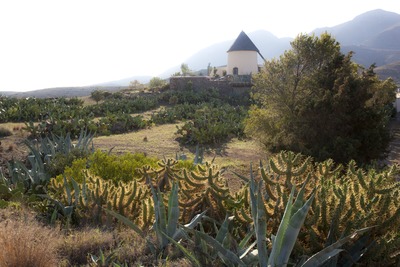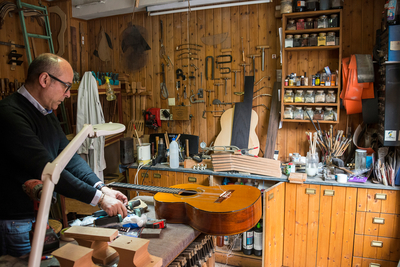Alhambra, Generalife and Albaicín in Granada
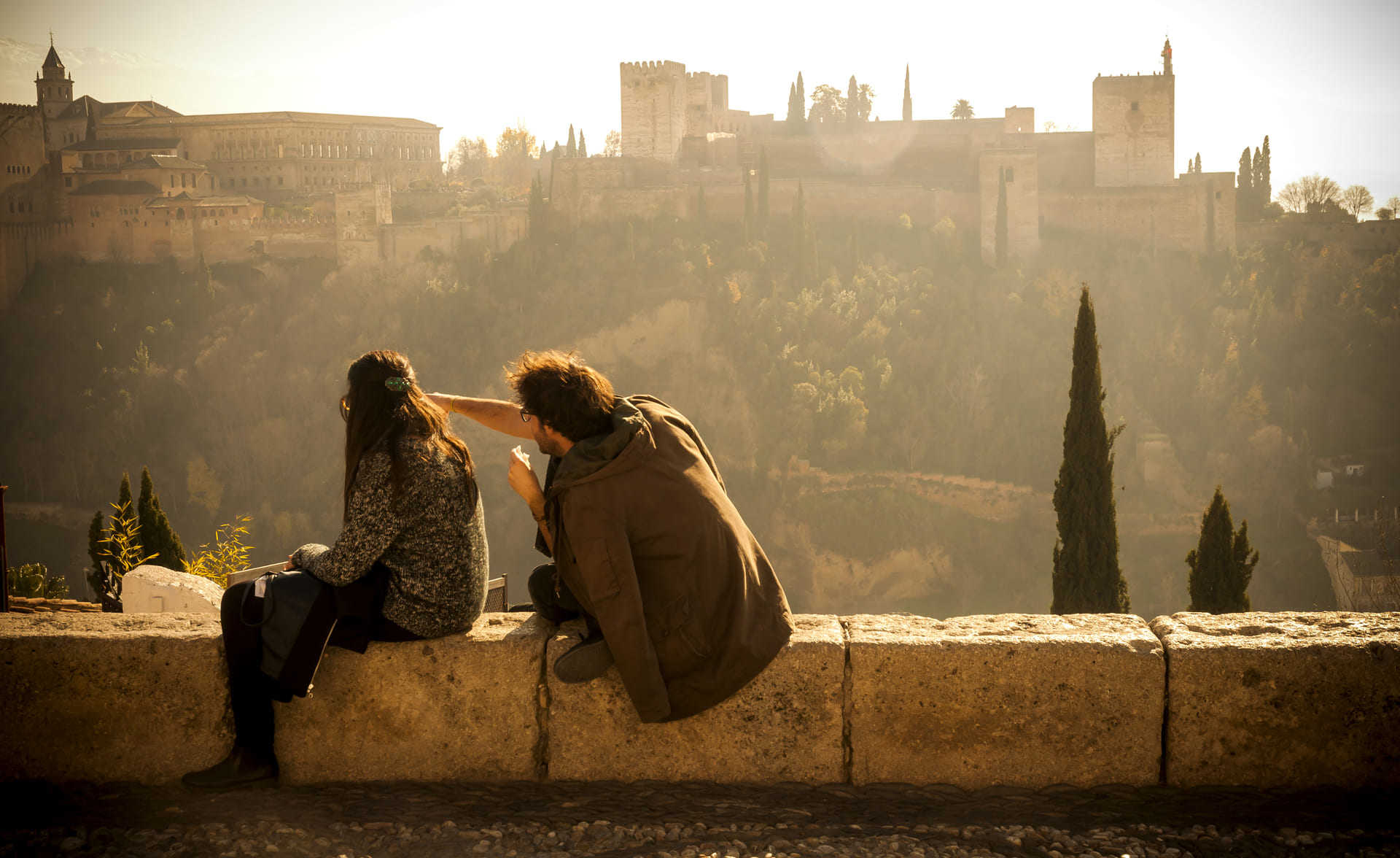
The great playwright Victor Hugo mentioned it in his works: " Oh! The Alhambra! The Alhambra! A great palace, that the geniuses gilded as a dream of harmonies that filled it!" Granada was the capital of the Nasrid kingdom until it was conquered by the Catholic Monarchs. Buildings from that period will remain as part of the city's identity forever, such as the Alhambra and the Generalife gardens, and the Albaicín neighbourhood, all of them UNESCO World Heritage Sites since 1984.
In the Early Middle Ages, the city of Granada was the capital of the Nasrid kingdom and there are still wonderful remains that stand the test of time. During this period, Granada became one of the most prosperous cities in Europe and one of the cities with the largest cultural, architectural and commercial influence, with a population that exceeded 165,000 inhabitants. You could say that the city was the mainstay of one of the greatest cultures ever known.
The main monuments from this period are the AAlhambra and Generalife site. In the first half of the 13th century, sultan Muhammad I, nicknamed Alhamar, chose Granada as his royal residence. Specifically, he planned to live in the Sabika, a high part of the city, with the aim of protecting himself from possible invaders and from the riots that took place in the heart of the city, the Albaicín. This is how this beautiful palace appeared, which was the residence of Nasrid sultans and of high-ranking officials, court attendants and elite soldiers, from the 13th century until the late 15th century.
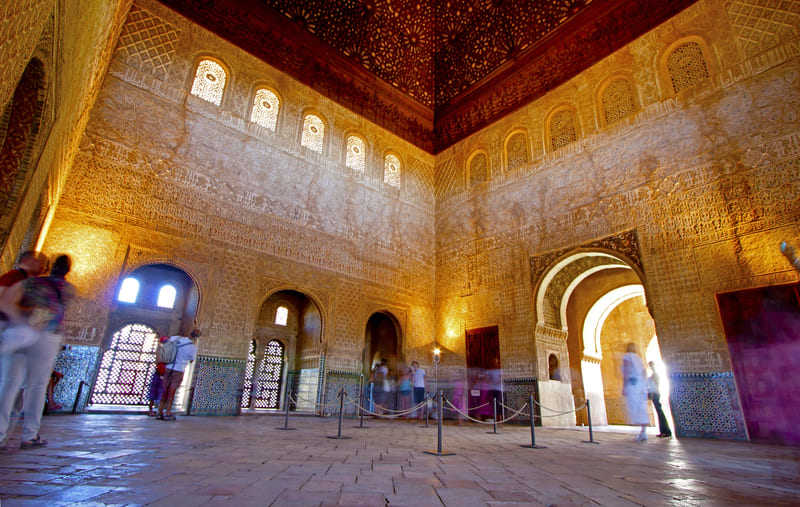
Nowadays the site is divided into four areas: the palaces, the military area or Alcazaba, the city or Medina, and the agricultural estate of the Generalife. These sites have many gardens, wooded areas and orchards. A walk through the Dehesa del Generalife is highly recommended. Comares Palace, Arrayanes Patio, Los Leones Palace and Fountain, Abencerrajes Hall... At first they may seem like just a series of exotic words, but they are actually places that take us on an amazing journey, and a gateway to discover and enjoy one of the greatest cultures that has lived on the Mediterranean coast.
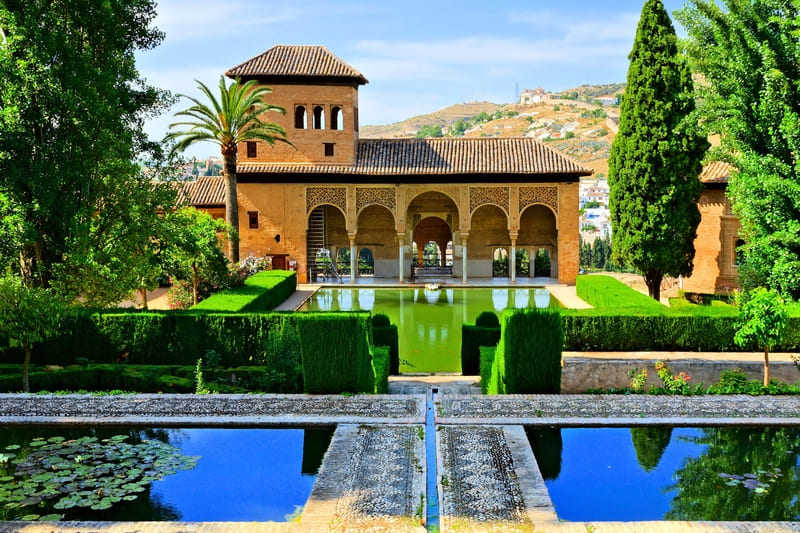
The monumental site also includes several buildings that combine different periods, such as the Renaissance Charles V Palace, where you can also find the Alhambra Museum, which contains objects from the monument itself, and the Museum of Fine Arts.
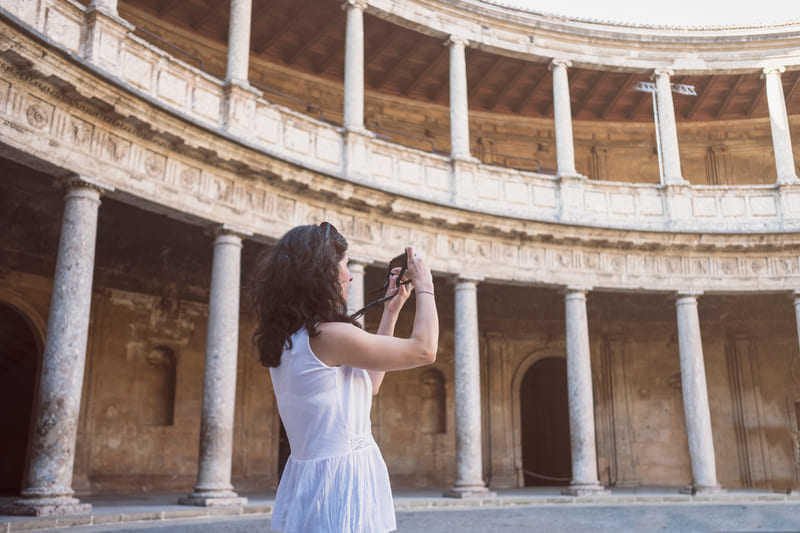
If, after strolling through the different rooms, you want to enjoy the architecture and landscape around the Alhambra, which was designated a World Heritage Site in 1984, in a different way we advise you to visit the San Nicolás lookout point, located in the interesting neighbourhood of Albaicín.
A town and a suburb, it is located on a hill opposite the red hill of the Alhambra, They are two of the most important symbols of Granada's identity. The Albaicín is made up of winding, narrow streets, where can almost get lost as you explore the squares, palaces, mansions, "cármenes" (typical houses with walled gardens) and churches – places steeped in history and full of art that you're sure to love.
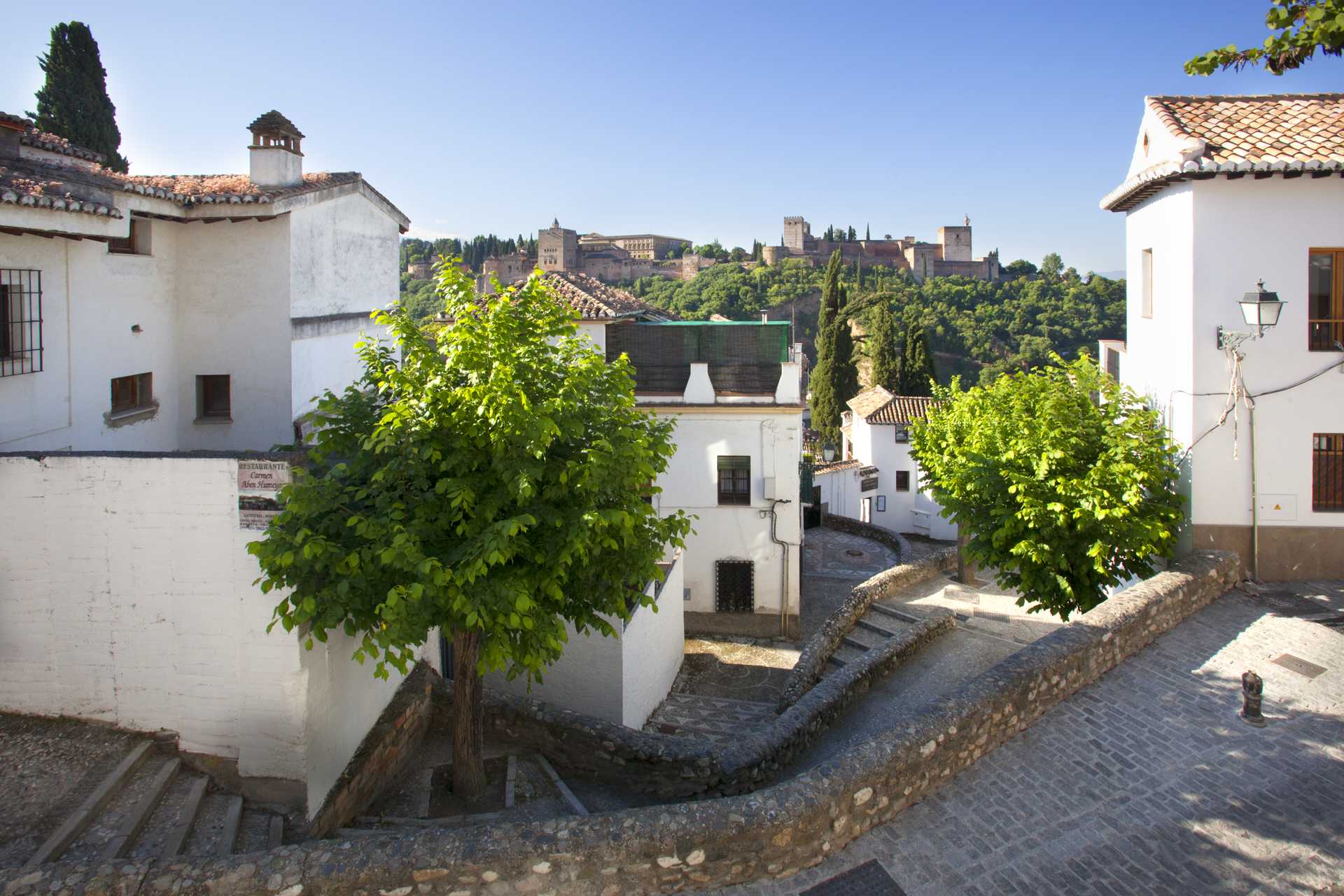
In the Albaicín there are many Mudejar towers and cármenes – typical houses from Granada, with gardens. In this part of the city, with its cheerful bustle and strong Al-Andalus influence, you can find the remains of mosques, minarets and Spanish-Arab cisterns.




